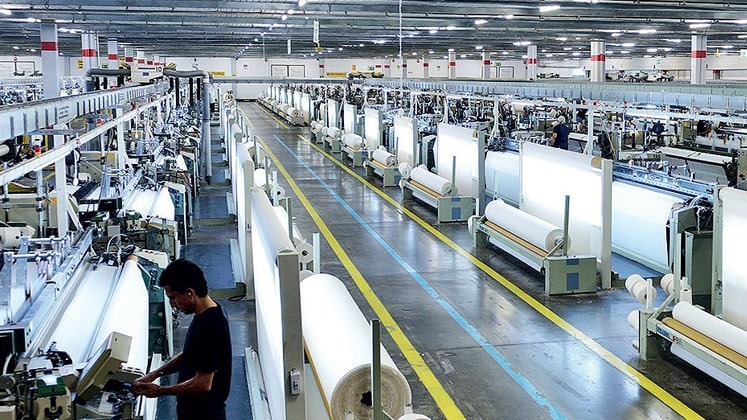The Global Trade Research Initiative (GTRI) highlighted the need for India to reconsider its export strategies by reducing import duties on inputs and capital goods. The think tank argued that such a move could potentially alleviate the reliance on existing export schemes, a critical step as India grapples with challenges in managing these incentives within the parameters of international trade laws.
India faces scrutiny from major trade partners such as the European Union (EU) and the United States, which often categorize Indian export schemes as subsidies. The consequence is the imposition of countervailing duties, impacting over 20 percent of India’s total outbound shipments. The EU and the US contend that these schemes violate the World Trade Organization’s (WTO) Agreement on Subsidies and Countervailing Measures (ASCM).
Currently, India employs various schemes to boost exports, including the Advance Authorisation Scheme (AAS), Export Promotion Capital Goods Scheme (EPCGS), Duty Drawback Scheme (DDS), the Remission of Duties and Taxes on Exported Products (RoDTEP), Special Economic Zones (SEZ), Export Oriented Units (EOUs), Pre-shipment and Post-shipment credits from banks, and the Interest Equalization scheme (IES). The objective of these schemes is to enhance the competitiveness of Indian products in the global market.
Ajay Srivastava, Co-Founder of GTRI, emphasized that the EU, the US, and other nations often perceive these schemes as subsidies, leading to the imposition of countervailing duties that negate the advantages India provides to its exporters. In response to these challenges, Srivastava proposed a multi-pronged approach for the Indian government, including improving the structure of export schemes, actively raising disputes in the WTO, resisting premature withdrawals of schemes, and rationalizing customs duty structures.
One significant suggestion put forth by GTRI is the reduction of import duties on inputs and capital goods. Currently, India’s average tariff for industrial products stands at 14.7 percent, considerably higher than the EU’s 4.1 percent. Many of India’s export schemes, such as SEZ, EOU, RoDTEP, and Drawback, exist as a response to these high import duties. GTRI argues that lowering import duties could potentially diminish the necessity for some of these export schemes.
To align with global trade rules, GTRI recommends several improvements in existing export schemes. For instance, in the AAS, there is a call for a robust system to trace raw materials and ensure their actual use in production. In the EPCGS, GTRI suggests reducing import duties on select capital goods, accompanied by lower GST rates. Additionally, in RoDTEP, regular checks based on actual inputs are recommended to ensure compliance with WTO rules and prevent excess payments.
Addressing the termination of the Merchandise Export from India scheme (MEIS), Srivastava speculates that this decision might be influenced by the redirection of funds to the Production Linked Incentive (PLI) scheme. However, with less than 5 percent of PLI funds utilized in three years and benefiting only a fraction of MEIS users, GTRI questions the effectiveness of this shift.
In conclusion, GTRI emphasizes the need for a balanced approach, harmonizing domestic economic interests with global trade obligations. The road ahead requires a careful examination of export schemes, subsidy calculations, and compliance checks to ensure that India remains competitive on the global stage while adhering to international trade regulations.

